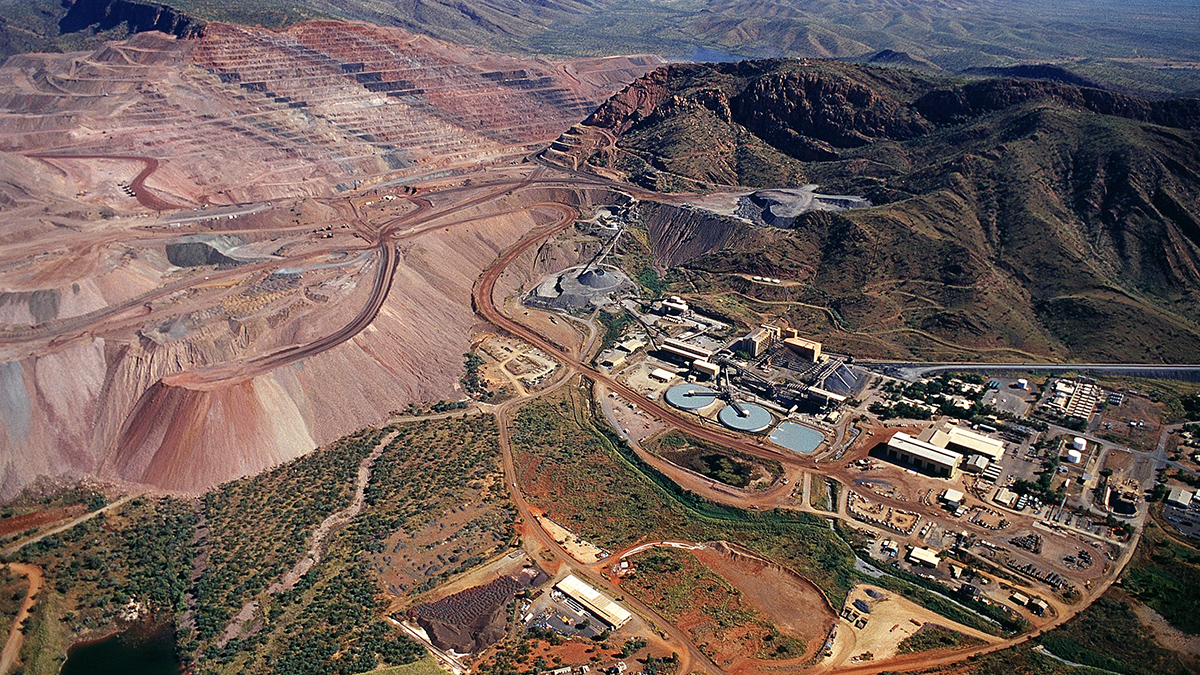The geoscience community and national security agencies need effective, two-way communication to exchange information.
mining
Sandy Fingerprints Trace Supply Sources
Geological forensics can trace raw materials back to their source. As global sand demand increases, a new tool could help identify illegal and informal sand mining.
A Transformative Carbon Sink in the Ocean?
Water-rock reactions in some hydrothermal systems produce both hydrogen, which could be tapped for clean energy, and alkaline solutions that could help draw down atmospheric carbon dioxide.
Millions Likely Live in Areas Contaminated by Mining Runoff
Heavy metal contaminants from mining can live in ecosystems for centuries. A new global database shows where the problem is worst.
Continental Breakup Shot Pink Diamonds to Earth’s Surface
What was once the world’s most prolific pink diamond mine has always been an anomaly. New research suggests that the end of an ancient supercontinent helped rocket its precious gems to the surface.
How to Find a Volcanic Diamond Mine
New 3D modeling illustrates the mechanism behind the intriguing volcanic eruptions that bring diamonds to the surface.
In New Zealand, Fish Are Helping Scientists Find Gold
Enormous amounts of gold lie buried beneath the rubble of New Zealand’s mountains, and scientists are using freshwater fish genetics to find it.
Prospecting for Copper with Machine Learning and Zircons
Using artificial intelligence, researchers can now identify zircons derived from valuable copper deposits.
Grains of Sand: Too Much and Never Enough
Sand is a foundational element of our cities, our homes, our landscapes and seascapes. How we will interact with the material in the future, however, is less certain.
Can Decommissioned Mines Become Green Power Generators?
A new report supports the idea that underground mines can be transformed into energy storage facilities, adding the possibility of on-demand, carbon-free power to energy grids.










